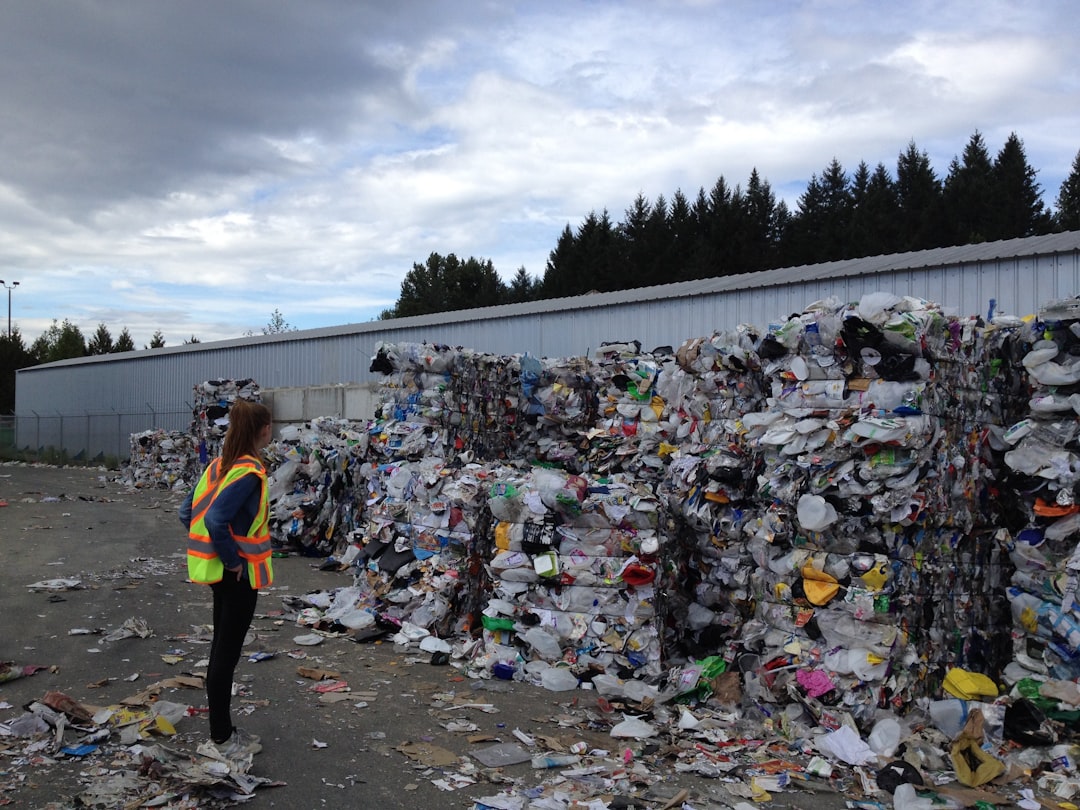Green Home Improvement: Eco-Friendly Upgrades to Consider
In recent years, there has been a growing interest in adopting sustainable practices at home. With the increasing awareness about climate change and the need to reduce our carbon footprint, many homeowners are opting for eco-friendly upgrades to make their homes more energy-efficient and environmentally friendly. These upgrades not only help the environment but also offer numerous benefits for homeowners, such as reduced energy bills and improved indoor air quality. In this blog post, we will discuss some eco-friendly upgrades you can consider for your home.
1. Solar Panels: One of the most popular eco-friendly upgrades is installing solar panels. By harnessing the power of the sun, you can generate your own renewable energy, reducing your dependency on traditional electricity sources. Not only will this reduce your carbon emissions, but it can also save you a significant amount of money on your energy bills in the long run.
2. Energy-Efficient Appliances: Upgrading your appliances to more energy-efficient models can significantly reduce your home’s energy consumption. Look for appliances with an Energy Star rating, as they meet strict guidelines set by the Environmental Protection Agency and are designed to help conserve energy.
3. Insulation: Proper insulation is essential for maintaining a comfortable indoor temperature and reducing energy waste. By investing in high-quality insulation materials, such as spray foam or cellulose, you can minimize heat loss during the winter and heat gain during the summer, making your home more energy-efficient.
4. Smart Thermostats: Installing a smart thermostat can help you optimize your home’s heating and cooling system. These thermostats learn your schedule and temperature preferences and adjust the temperature accordingly, saving energy when you’re not at home.
5. Water-Saving Fixtures: By installing low-flow showerheads, faucets, and toilets, you can significantly reduce your water consumption. These fixtures use less water without compromising on performance, thereby conserving water and reducing your water bills.
6. Rainwater Harvesting Systems: Collecting rainwater can be an excellent way to reduce your dependence on the municipal water supply. You can use harvested rainwater for watering your plants, washing your car, or flushing toilets, saving both money and water in the process.
7. Energy-Efficient Windows: Upgrading to energy-efficient windows can improve insulation and reduce heat loss or gain. Look for windows with double or triple-pane glass and low-emissivity (low-E) coatings, which help to keep your home cool in the summer and warm in the winter.
8. Natural Light and Ventilation: Maximizing natural light and ventilation can help reduce energy consumption. Consider installing skylights or larger windows to allow more natural light into your home, and use ceiling fans to improve air circulation during hot summer months.
9. Sustainable Flooring: Opting for eco-friendly flooring options, such as bamboo, cork, or reclaimed wood, can reduce your environmental impact. These materials are renewable and can be sourced sustainably.
10. Eco-Friendly Paint: Traditional paints often contain harmful chemicals known as volatile organic compounds (VOCs). Switching to low or zero VOC paints not only helps improve indoor air quality but also reduces environmental pollution.
In conclusion, by implementing eco-friendly upgrades in your home, you can contribute to a more sustainable future while enjoying the benefits of reduced energy consumption and lower utility bills. From solar panels to energy-efficient appliances, there are numerous options available to make your home more environmentally friendly. So why not take the first step towards a greener home today?












